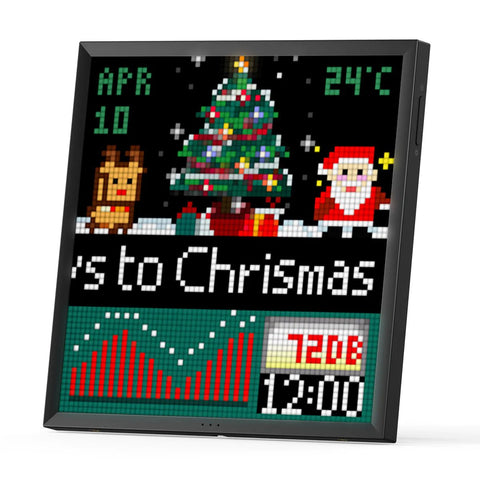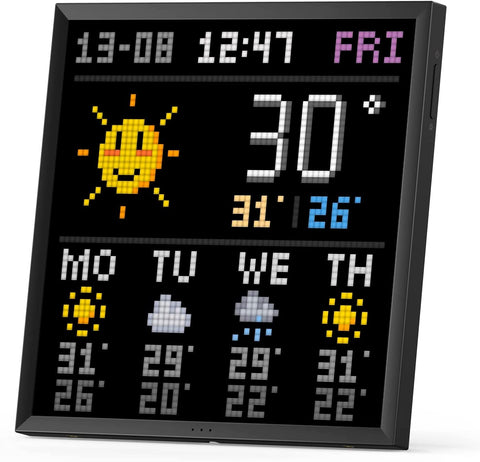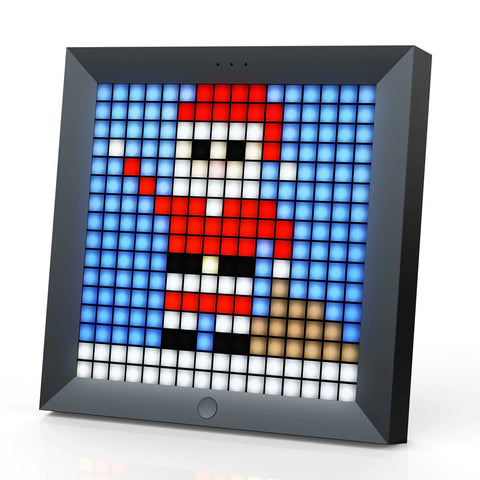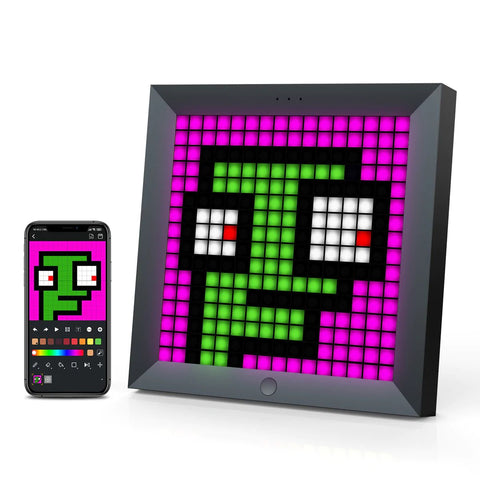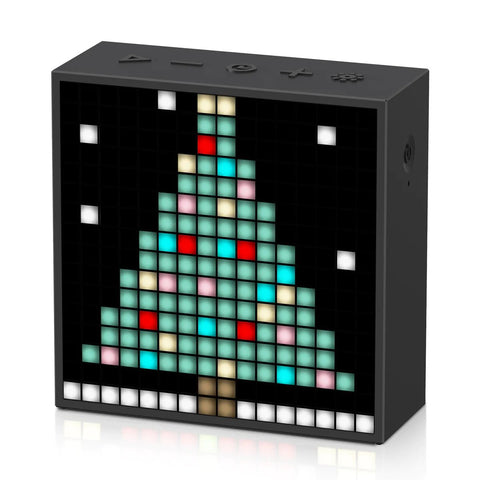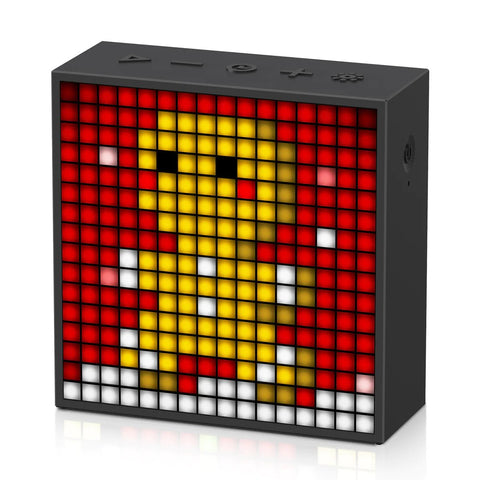Introduction
Anime-themed spaces and gaming setups are increasingly growing popular among fans and enthusiasts. While these spaces can exude your favorite anime or game's personality, they are also about showcasing your aesthetic choice and allowing for an immersive experience. One major factor that can drive these effects is lighting. So, here, we will discuss the differences between two primary lighting options: Pixelated and Neon Light Displays.
What are Pixelated and Neon Light Displays?
Pixelated and Neon Light Displays have different origins and characteristics but both equally capable of brightening your anime-themed spaces and gaming setups.
Pixelated Light Displays
Pixelated lighting borrows its inspiration from pixel-art. Most commonly, it involves using LED panels that can be programmed to display pixel-art animations or static images. The result is an interesting lighting effect that also doubles up as an art piece.
Neon Light Displays
Neon lighting involves gas-filled lamps or tubes that shine brightly when an electric charge is applied. Neon lighting can give your setup a 'retro' feel, and comes in various colors and custom-made shapes, offering plenty of opportunities for users to personalize their spaces.
Pixelated vs Neon Light: Pros and Cons
Pixelated Light Pros:
- Simple to Install: Most pixelated lights are made to be user-friendly and require minimal experience to install.
- Programmable: Users can program what the lights display.
- Digital Art: The display itself serves as a piece of digital art.
Pixelated Light Cons:
- Limited Range: Most pixelated light displays are small and may not provide sufficient room lighting.
- Coding Requirement: Programming the display may require a basic understanding of coding.
Neon Light Pros:
- Brilliant Colors: Neon lights are popular for their rich and vibrant colors.
- No Setup: There is no complicated setup or programming involved.
- Retro Feel: Neon lights can provide a classic 80s vibe to your gaming room.
Neon Light Cons:
- Price: Custom neon signs can be considerably more expensive than other lighting options.
- Maintenance: Neon tubes may leak or break and require professional maintenance.
- Limited Customization: Custom neon signs might not offer much room for adjustments once created.
Choosing the Right Display Method
The decision to go with either pixelated or neon light largely depends on your aesthetic preferences, budget, and desired level of customization. For enthusiasts who love retro feels, neon lighting might be the best choice, while those interested in more modern digital art might go for pixelated lighting.
User Stories
Consider John, an avid fan of traditional anime. He wanted his room to reflect his passion, so he opted for custom-made neon lighting. The neon lights, reflecting the nuances of his favorite anime characters, not only brightened the room but also gave it a vintage aesthetic that aligned with his taste.
On the other hand, we have Susan, a tech-savvy gamer with a flair for pixel-art. She chose pixelated lighting for her gaming setup. She customized her lights to display the logo of her favorite game, adding an additional element of identification to her gaming space.
Conclusion
Whether you choose pixelated or neon light, it's best to think about the overall theme of your space. Both lighting types can greatly enhance your area if used wisely and creatively. So, make your choice, light up your space, and let the fun begin!
A Final Call to Action
Regardless of what you choose, always remember that your space is a reflection of your personality and creativity. So whether you’re an anime enthusiast or a passionate gamer, use lighting to add a unique touch to your space and let it declare your passions. To explore more about decor trends, tips and insights for your themed spaces and gaming setups, keep watching this space!




